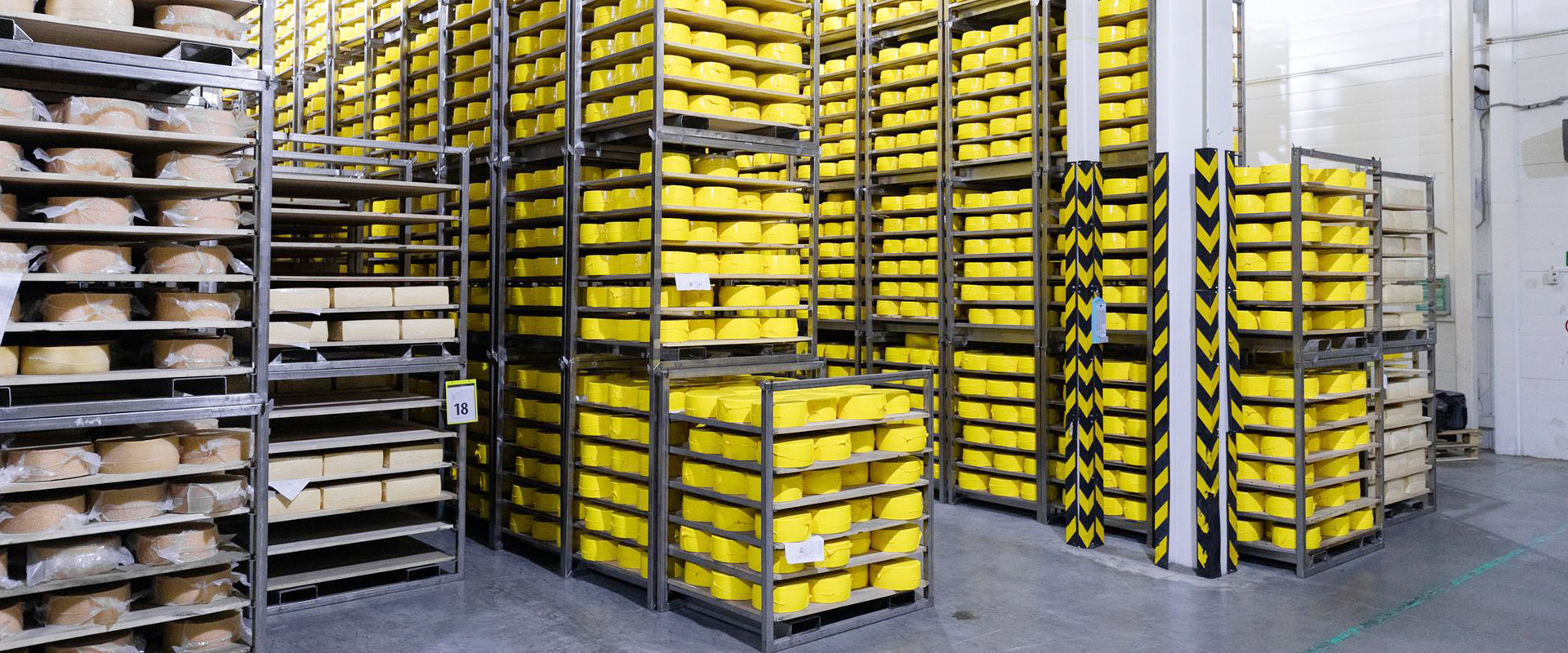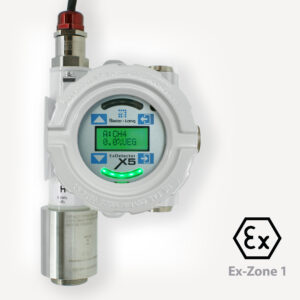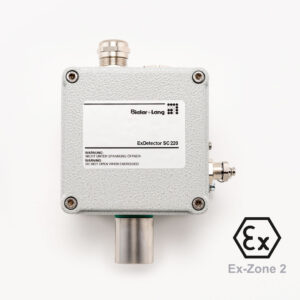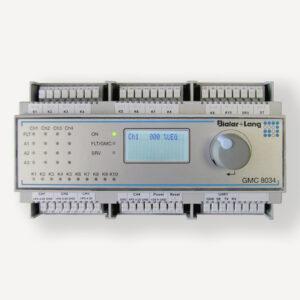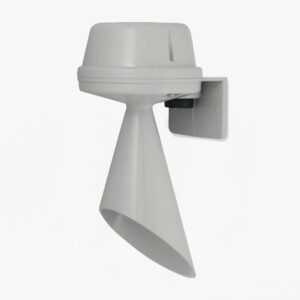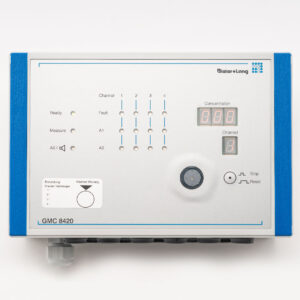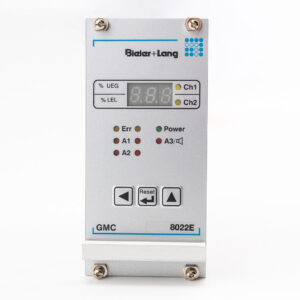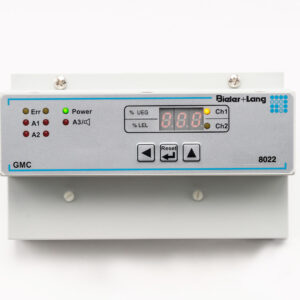Refrigerant monitoring with Bieler+Lang
Prevention + legal compliance when handling refrigerants
Gas warning systems in refrigeration technology – common components
Many synthetic refrigerants are dangerous for people and nature – most of them are toxic, harmful to the climate or even explosive. Our gas warning systems detect critical refrigerant gas concentrations in the ambient air and react automatically with acoustic and visual warning signals, the activation of ventilation systems or the shutdown of affected system components. They usually consist of gas sensors that can be positioned precisely, central evaluation units and interfaces to building automation or emergency stop systems. The selection and positioning of the sensors depends on the physical behavior of the refrigerant used – for example, close to the floor for CO₂ or close to the ceiling for ammonia.
Bieler+Lang sensors especially for refrigerant detection
There are two product ranges specially developed for these areas:
ExDetector X5
An innovative, digital gas sensor with multicolored display for Ex applications. It can be used with a 4-20 mA signal as well as integrated into our 2-wire BUS system and offers you a really wide range of options.
GasDetector IR 220
A very robust and modern device with 4-20 mA signal.
Special features of our GasDetector IR 220 for refrigerants
The GasDetector IR 220 gas sensor, which specializes in refrigerants, can be programmed in two operating modes:
Standalone
The integrated alarm evaluation is switched on. Two alarm levels with switch-off hysteresis can be stored in the programming. After falling below this alarm threshold, the alarm is retained and must be acknowledged via the reset input. A fault signaling contact signals malfunction and overrange. In addition, the measured value is output as a 4 … 20 mA current signal for further processing.
Transmitter CL
If the alarm evaluation functionality is not required, the sensor can be operated with the integrated CL option. In this case, the sensor supplies the measured gas concentration in the form of a 4 … 20 mA current signal for further processing in an alarm center; the alarm switching contacts are not activated.
Other special features of the IR 220:
- 14 different refrigerants can be detected (depending on the sensor)
- One-person calibration with our CB 02
- Unique measuring head design specially designed for refrigerants
- Non-dispersive infrared technology (NDIR)
- Solid design in a robust housing
- Durable with low maintenance costs
- Developed and manufactured in Germany
14 detectable refrigerant gases with the GasDetector IR 220
The following common refrigerants can be monitored with the GasDetector IR 220:
- R-143
- R-1234yf
- R-1234ze
- R-507A
- R-125
- R-134A
- R-404A
- R-407A
- R-407F
- R-410A
- R-417A
- R-448A
- R-449A
- R-452B
- R-32
- R-227
Evaluation units and accessories for the GasDetector IR 220
For refrigeration specialists, the integration of gas detection systems not only means increased system safety, but also long-term investment security. Regular maintenance and calibration of the sensors ensure that the detection systems work precisely and react reliably in an emergency. This makes refrigerant monitoring an integral part of responsible and sustainable system operation.
Maintenance included
For refrigeration specialists, the integration of gas detection systems not only means increased system safety, but also long-term investment security. Regular maintenance and calibration of the sensors ensure that the detection systems work precisely and react reliably in an emergency. This makes refrigerant monitoring an integral part of responsible and sustainable system operation.
Refrigerant monitoring with Bieler+Lang – a product selection:
Gas detection systems usually consist of gas sensors that can be positioned precisely, central evaluation units and interfaces to building automation or emergency stop systems. We will be happy to advise you on the appropriate and standard-compliant design of your gas detection system for refrigerants.
